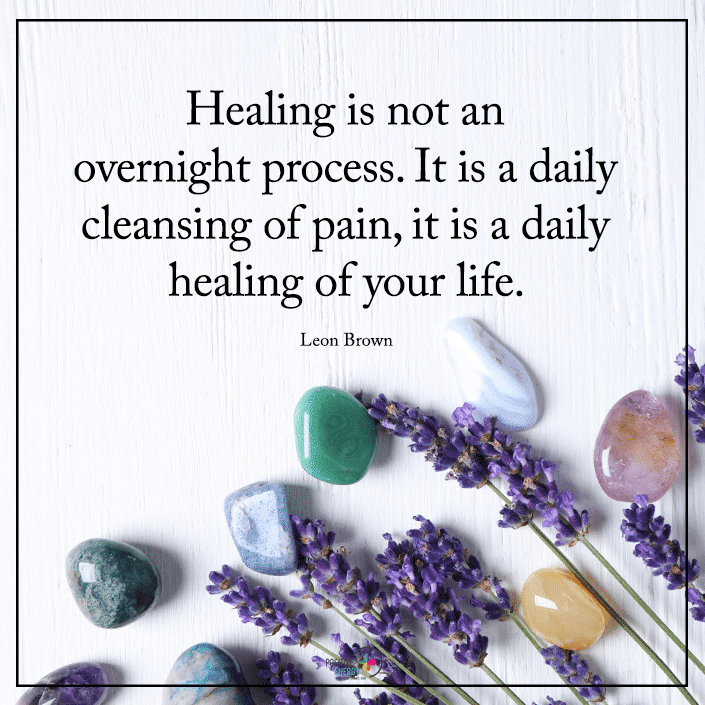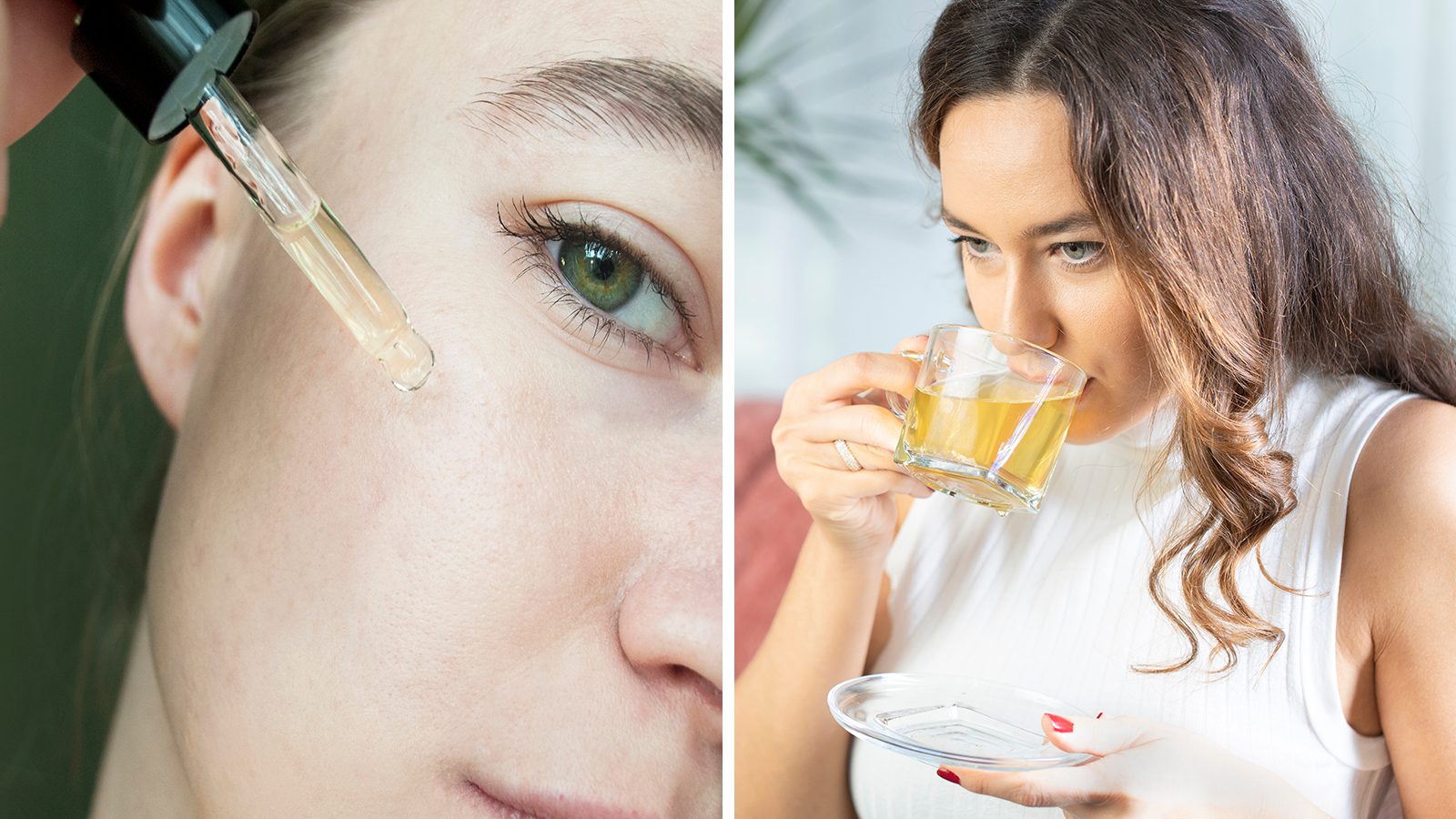Acne seems to follow us through life, flaring up in different ways and for many reasons. Improving your skin health requires educating yourself on your skin type and breakout triggers. You can achieve glowing results if you know about safe skincare treatments that won’t cause more issues.
Many popular skin care products harm your face, even if their packaging promises otherwise. If they contain salicylic acid, niacinamide, and benzoyl peroxide, they can cause dryness, irritation, and redness. Because of these issues, people are turning to alternative treatments.
With more than 85% of young adults struggling with acne, you’ll hear many ideas for treating breakouts. It’s hard to figure out the best one because everyone’s skin is different and breaks out for various reasons. The treatment that works for someone else might not work for you, and some might even worsen your problem.
Identifying the best treatment depends on the causes of acne, so pay attention to your triggers. You don’t have to use harsh chemicals and additives to achieve glowing skin. There are safe options if you want to minimize blackheads or intense breakouts.
Causes of Acne
Understanding the causes of acne can help you determine which treatment you should use for glowing skin. Experts explain that pimples develop when your pores get blocked by dead skin cells and oil. When a bacteria called Cutibacterium gets trapped, it multiplies and becomes inflamed, causing breakouts.
Some of the things that might trigger breakouts include the following:
- hormones
- changes in skin type and texture
- scarring
- touching your face
- genetics
- stress levels
- diet
- infections
- ingredients in your skincare products
Ten Acne Safe Skin Care Treatments for Glowing Skin
Finding the best treatment for glowing skin often requires a little trial and error. You have many options for treating acne, but it might take some time to figure it out. Don’t give up until you find the one that works best for your skin.
1. Tea Tree Oil for Spot Treatment
This oil comes from the plant Melaleuca alternifolia, and studies show it reduces breakouts. A second study shows that it causes less dryness and irritation than other treatments. Both studies show that people are more satisfied with the results of tea tree oil than other methods.
Before using tea tree oil, you should dilute it because it is potent. To use it, do the following:
- Mix nine parts of water with one part of tea tree oil.
- Use a cotton swab to apply the mixture to the desired areas.
- Repeat the process up to twice per day.
2. Stress Management and Acne
Research shows that the hormones your body releases during stress can increase sebum production and inflammation. Each time it happens, it triggers or worsens breakouts. Plus, if you’re stressed, you might pick at spots on your face, spreading bacteria.
Experts explain in a 2018 study that stress reduction can improve breakouts. Some of the ways you can decrease stress are by:
- Practicing deep breathing
- Being physically active
- Maintaining a healthy sleep schedule
- Meditating
3. Retinoids
Retinoids are often thought of as anti-aging products, but they also help clear breakouts. These vitamins promote skin cell turnover rates which can decrease oil production.
Retinoids help exfoliate your skin because you can remove dead skin cells faster. Plus, they are anti-inflammatory, helping reduce flare-ups. Retinoids also prevent new breakouts from appearing because they prevent your pores from getting clogged.
It’s important to note that some retinoids can irritate sensitive skin. You can find less potent versions with a lower concentration to prevent irritation. Pregnant and breastfeeding people should also avoid retinoids.
If you want to try retinoids, there are a few options to consider. These include:
- Retinol: This retinoid can be harsh, but you can find it in a low concentration. It can take a while to notice the benefits, and you must use it regularly in your skincare routine to see results.
- Adapalene: Also known as Differin, this product is a synthetic retinoid that alleviates breakouts. It’s gentler than other options, making it a good option for sensitive skin.
- Retinal: This is a natural retinoid that your body turns into retinoic acid. It is just as effective as other retinoids but gentler on the skin.
- Bakuchiol: This ingredient is a plant-based retinol alternative, so it isn’t technically a retinoid. It helps manage fine lines and skin texture without detrimental side effects.
4. Green Tea
Green tea promotes good health because it’s high in antioxidants. Drinking it can help reduce breakouts because it contains polyphenols that fight bacteria and reduce inflammation. With bacteria and inflammation being two causes of acne, you must take care of it to promote glowing skin.
If you don’t like drinking green tea, you can take an extract instead. Research shows that people who take a green tea extract each day experience less acne.
Other studies show that applying green tea directly to your skin improves the skin’s appearance, too. It reduces sebum, minimizing clogged pores and breakouts.
You can make a green tea mixture at home, so you don’t have to worry about added ingredients in store-bought products. To make it, do the following:
- Steep green tea for about four minutes.
- Let the tea cool completely.
- Pour the tea into a spray bottle to spritz on your face.
- If you don’t have a bottle, you can use a cotton ball to apply the mixture.
- Let it dry before rinsing it off and patting your skin dry.
5. Good Skincare Means Sunscreen
Protecting your skin is one of the best safe treatments for glowing skin. The sun can damage your skin, causing discoloration and other issues. Use sunscreen every day, ensuring the best chance of a healthy appearance. Many facial moisturizers contain sunscreen, making it easy to get started.

6. Use Aloe Vera for Moisturizing
Aloe vera is a plant that has leaves with a clear gel inside. This gel is used in ointments, creams, lotions, and soaps because it helps treat the following:
- wounds
- acne
- inflammation
- rashes
- burns
Aloe vera is especially beneficial for treating acne because it contains salicylic acid and sulfur. Studies show that with these properties, the gel helps reduce the appearance of breakouts.
You can find many products that contain the gel from aloe vera. Or you can scrape the gel out of a live plant at home and apply it directly to your clean skin. It’s safe to use it as a skincare tool as often as you’d like.
7. Avoid Touching Your Face
Touching your face is one of the worst things you can do when you want to treat breakouts. If you can keep your hands down, you’ll notice an improvement in the appearance of your skin.
You can also achieve glowing skin by keeping items off your face. Some objects that can trigger or worsen a breakout include:
- phones
- tight collars
- straps
- backpacks
- headsets
8. Apple Cider Vinegar
Research shows vinegar can fight bacteria and fungi, helping reduce inflammation and breakouts. Apple cider vinegar comes from fermenting the unfiltered juice of apples.
Apple cider vinegar contains citric acid, a compound that kills the bacteria that cause acne. It also contains lactic acid, which reduces the appearance of scars.
You’ll want to dilute the vinegar before using it on your skin, or it could cause irritation. Before covering your face with it, test a small spot on your skin. Once you’re ready to use it, do the following:
- Mix three parts of water with one of part apple cider vinegar.
- Wash your face, and apply the vinegar mixture using a cotton ball.
- Let the mixture sit for up to 20 seconds before rinsing it off and patting your face dry.
- Repeat no more than two times each day.
9. Try Witch Hazel in Your Skincare Routine
Studies show that witch hazel can reduce breakouts. This study involved a three-step treatment twice daily, and witch hazel was in the second step. However, other research shows that witch hazel alone fights bacteria and reduces irritation and inflammation.
To use witch hazel, use a cotton ball to apply to your skin once or twice a day. You can do it more often if you want, too.
If you have a witch hazel plant, you can extract it yourself by doing the following:
- Soak one tablespoon of bark in one cup of water in a saucepan.
- Let it soak for 30 minutes, and then boil the mixture.
- Once it starts boiling, reduce the heat, cover the saucepan, and cook for ten minutes.
- Remove it from the heat and let it sit for ten more minutes.
- Strain the liquid and store it in a sealed container.
10. Hydrate Your Skin
Many products are drying agents and can burn or dry your skin. Stop using these products and focus on hydrating your face. Use a moisturizer for your skin type, using light layers if you have oily skin.
Final Thoughts on Acne Safe Skincare Treatments for Glowing Skin
These acne-safe treatments will help you achieve glowing skin. You don’t have to use harsh chemicals and spend a fortune trying new products. Using these natural ingredients can improve the appearance of your skin while keeping it healthy.
Don’t introduce too many new ingredients to your skin at once. Give each one time to see how you react before adding another one to your skincare. Once you become more familiar with what works for you, it’ll be easier to manage and prevent breakouts and blemishes.




















